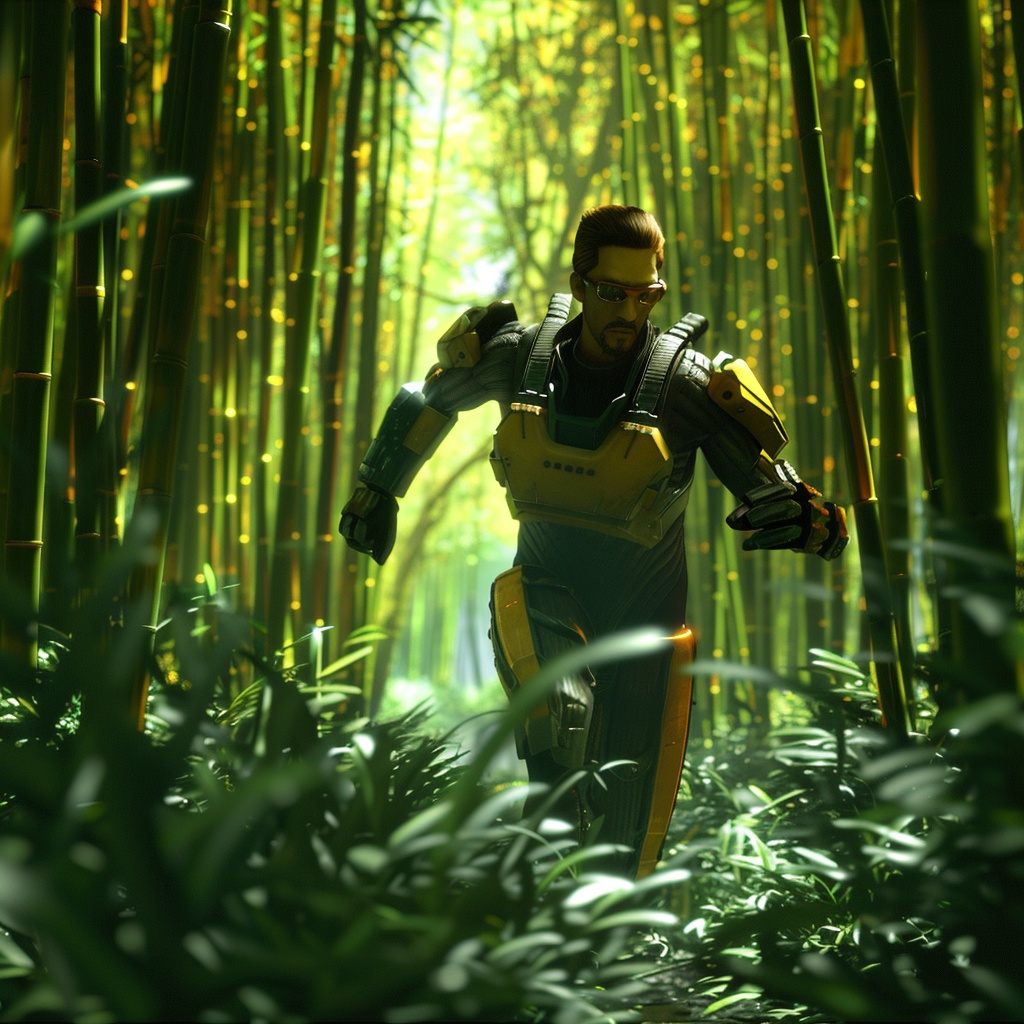Hello! Just to give you a quick update on the state of things:
Two notable things have happened in my life during the past six months.
1. My mother had a stroke. I am 1000% a mama's boy and love my mom VERY much, so when this happened, I was an emotional wreck. Since I live in South America it took me about 36 hours to fly back to the United States after I got the phone call that she was in the process of having a stroke. Lucky for our family, her stroke was minor, she was in extremely good health (minus the stroke, of course) and was determined to recover the use of her right side (Which was the side that was affected). I dropped everything and helped her with walking, taking her to her various physical therapy appointments, doing speech and physical therapy with her at home, running to get prescriptions, all of that fun stuff. After about 6 weeks, she was essentially at the state that she was at prior to the stroke, minus a little bit of her ability to say certain syllables clearly. We do speech therapy over the phone. Fun fact: you can use ChatGPT to create tongue twisters and have those tongue twisters follow a particular story that you outline. My mom quickly got bored with the bland word exercises so I started using ChatGPT to make an ongoing story involving an exaggerated depiction of the lives of various family members filled with various inside jokes; this has been WAY more fun to read with her. She can now drive on her own as well as be home by herself, which is a HUGE relief.
This experience made me reimagine my "mnemonic alphabet" game, but required many many hours of (1) coming up with a totally new mnemonic alphabet and (2) actually using MidJourney to make the flashcards and (3) memorize the flashcards. This task was completed a few months ago.
So as of now I think that (1) mnemonic alphabet and (2) concept images have been explored to a satisfactory level that I can attest to their usefulness. The third major thing that I've started exploring (And final SUPER USEFUL application of AI image tools relative to spaced repetition that I can think of) has been using MidJourney to actually ENCODE information to memorize (boots on the ground-style). I've only been REALLY getting into this over the last few weeks, so I want to give it a little bit more time before I say definitively "this works" (Although I don't see why it won't, at this point). What I'm referring to is basically the Cyberpunk Chuck E Cheese 2077 example, but on a larger scale and for both numerical and linguistic information. Compared to coming up with mnemonics that you imagine in your head, this new method seems to be MUCH more effective and flexible at making durable memories. Certain "established principles" or habits that I got into when making story-based mnemonics seem to no longer apply, and I've started noticing ways that images can be "tweaked" to be optimized so multiple things can be memorized with just one image.
But this is stuff that ALWAYS happens when you REALLY start to get into a hobby, right? Assumptions are challenged, new connections are made, you learn nifty little tricks, etc. I’m currently at that level with “phase 3” of using AI image generators for remembering stuff.
But if it were not for AI image generators (Which MidJourney seems to be one of the best out there right now), the book that I was writing would probably be done and out. But learning about how powerful these tools can be, it has had a REALLY positive impact on my learning and retention of information, it would be a crime to NOT cover this in relation to Spaced Repetition. I also don’t want to say “this works” until I know for a certainty that it ACTUALLY does.
Feel free to ask any questions! (But this will be covered more extensively in the book, FYI)





